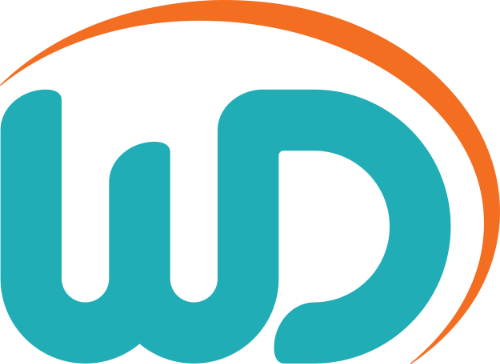Feb 27, 2015
The minimum acceptable standard for people related information and insight has risen at an accelerated rate over recent years; this is my take on that evolution:
As a long tenured consultant and practitioner in the space of workforce analytics I've had the opportunity to work with a range of organisations across a number of industry sectors, but despite a myriad of experience, almost without exception, each new client brings a new challenge that demands a carefully crafted and in many cases unique solution.
Although past engagements provide a template and a starting point, they rarely provide the answer 'next time around' and nor should they, perhaps for 'reporting', but not for strategic workforce analytics which by its very nature should align with (ever changing) corporate strategy.
The operating environment, and the impact of factors such as legislation and innovation, continues to shift – influencing the way that the workforce acts and is composed - and as a consequence the priorities and focus (should) also change. And perhaps most crucially of all the maturity of the consumer, and their expectation of the workforce analytics proposition is growing at an accelerated pace.
In an attempt to form retrospective of workforce analytics (in its broadest sense) I find myself mapping to three distinct evolutional phases. I've outlined these below and attempted to highlight the characteristics of each:
Phase 1 – What just happened?
We provide ad-hoc, reactive operational reports or listings, and schedules counting heads or fires or hires – probably static in nature, if not difficult to manipulate.
There is a sprinkling of regular offerings to the HR Executive – cross tabs and trend reports – and basic metrics covering core HR processes
We'll provide an occasional one-off analysis relating to a particular workforce issue, but really our focus will be on data integrity – maintenance of HR databases & accurate audit trails.
Arguably there will be nothing much of interest outside of HR
In summary, it's a good solid reporting base, but perhaps we are guilty of watching the world pass by much like a horse looking over a hedge?
Stage 2 – Why might it have happened?
We've moved to a position where there is better (or better populated) HR Information Systems, we stage our data in warehouses and a consequently we have a more robust and accessible information store.
We've introduced Automated and Self Service Reporting - creating headroom to actually analyse data – and we have 'Slice & Dice' functionality offering multi-dimensional views which allows easy segmentation and regular, more efficient root cause analysis
Quantitative more than qualitative perhaps, but some good insight is emerging, and we're beginning, in partnership with our customers, to consider the drivers of workforce behaviours – and this inquisitiveness is adding richness to our proposition.
Stage 3 – What matters and how do we minimise risk and maximise opportunity?
Corporate Strategy (directly or indirectly) is the primary driver of reporting strategy - metrics which don't link to the workforce's contribution to corporate initiatives are under scrutiny – they're still calculated, but held as an appendix until they justify promotion to KPI status.
Essentially, we are striving to pinpoint what's important, and making proposals on remedial actions supported by a cost / benefit analysis. We are no longer simply providing service to our customers; we are seen as trusted advisors to, and ideally an integral part of, their business.
Aspirational? Perhaps, but I strongly believe this is the direction we should take.
As Walt Disney said: "we keep moving forward, opening new doors, and doing new things, because we are curious and curiosity keeps leading us down new paths" – and so it should be for each new generation of the workforce analyst.



